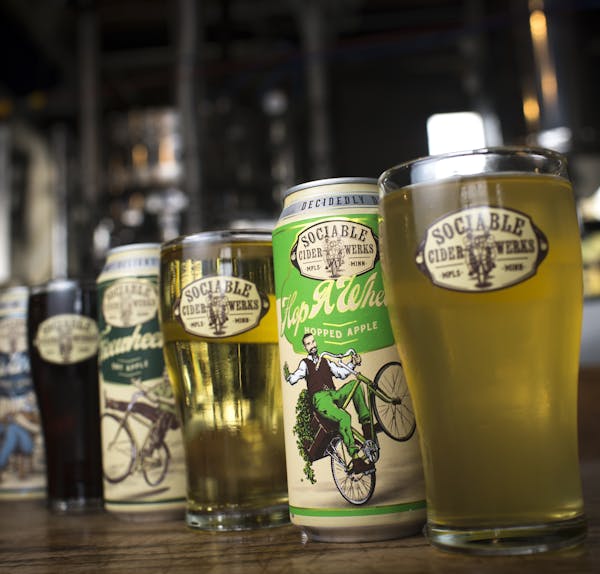Hard cider history
Archaeologists have found evidence that shows early versions of cider being made in Asia and Europe more than 8,000 years ago.
The Greeks and Romans were masters of cider making, according to Amy Stewart in "The Drunken Botanist: The Plants That Create the World's Great Drinks." She credits the perfection of fermenting and distilling the fruit to brewers in southern England, France and Spain.
The Roman invasion of what is now England found the locals enjoying this beverage, and it has remained enormously popular there, especially in the Middle Ages, through today.
That's the route cider took to these shores, via the Pilgrims, and it was so well-favored in colonial days that George Washington and Thomas Jefferson were among those making cider. Abraham Lincoln served it at a tavern he owned in his early adulthood.
Lincoln's suppliers likely were using fruit that sprouted in the Midwest thanks to a man named John Chapman, better-known as "Johnny Appleseed." His apple seeds were for the fruit that became known as "spitters," and thus were intended for cider making, not eating.
By the turn of the 20th century, beer had supplanted cider as American's alcoholic tipple of choice, and finally Prohibition pretty much snuffed out cider. Apple growers cut down the trees producing "spitters" and concentrated on sweeter apples that could be sold in groceries.
In this century, larger companies such as Angry Orchard and Crispin (launched by the Twin Cities' Joe Heron before being sold to MillerCoors in 2012) grew the drinks' audience steadily, and in this decade commercial ciders have seen explosive growth.
BILL WARD
Here's how Phish is using the Sphere's technology to give fans something completely different
4/20 grew from humble roots to marijuana's high holiday

